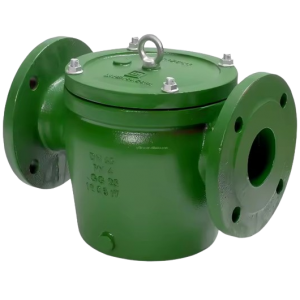If you’ve ever worked around ships—whether in building, refit, or daily operations—you already know one thing for sure: seawater is never clean. It carries sand, mud, shells, seaweed, paint flakes, rust, and all kinds of surprises you don’t want inside pumps or machinery. That’s exactly why the mud box exists. It’s one of the simplest but most important pieces of equipment on any vessel, quietly preventing a whole lot of drama.
What Exactly Is a Mud Box
A mud box, sometimes called a mud filter or sea chest strainer, is a coarse filtration device installed in a ship’s seawater intake system. It’s basically a box-shaped chamber with a removable perforated plate or mesh basket that traps large debris before water flows into pumps, coolers, firefighting lines, ballast systems, and other essential equipment.Think of it as the ship’s first line of defense against anything the ocean tries to throw into your piping.
Why Is a Mud Box Important
Ships depend on seawater for a lot of things—cooling engines, supporting ballast tanks, feeding fire pumps, and more. If debris gets past the intake, you’re looking at clogged pipes, damaged pumps, and equipment overheating. In the worst cases, the ship could lose critical systems at the wrong time.
-
①Protecting pumps from damage caused by stones, shells, or metal scraps
-
②Reducing maintenance on downstream valves and equipment
-
③Preventing cooling system failures caused by sudden blockages
-
④Extending the service life of seawater pipes and machinery
-
⑤Keeping the flow stable so equipment doesn’t stall or cavitate
How Does a Mud Box Work
-
①Seawater enters through the sea chest.
-
②It flows into the mud box chamber.
-
③Large debris gets trapped in the perforated filter plate or basket.
-
④Clean water continues to pumps and machinery.
-
⑤Crew members open the cover and manually clean the strainer during routine maintenance.
Where Are Mud Boxes Used on Ships
-
①At seawater intakes
-
②Before cooling pumps
-
③Before firefighting pumps
-
④In ballast water systems
-
⑤In general service seawater lines
For shipbuilding, mud boxes must be sized and designed during early engineering to match flow rates and pipeline configuration. In repair jobs, they are regularly inspected, cleaned, or replaced to restore reliable operation.
Why Shipyards Love Mud Boxes
-
①Easy fabrication
-
②Long service life
-
③Low cost compared to failed pumps
-
④Minimal installation space
-
⑤Simple design, no moving parts
-
⑥High reliability even in harsh marine conditions
They’re small, but they save thousands of dollars in repair costs.
Post time: Nov-20-2025

